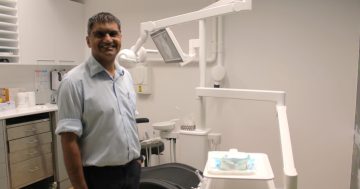
Thrive Wellness owner Jemma Carson has seen the benefits of ice baths and breathwork and now shares that with others. Photos: Supplied.
In the past eight months, ice baths have caused a frozen fitness frenzy in the Illawarra, with one instructor seeing major growth in the number of people seeking regular sessions of the age-old practice.
The popularity of ice bath therapy can be attributed in part to the influence of celebrities like Kim Kardashian and Lady Gaga, and extreme athlete “The Iceman” Wim Hof, who tout its benefits – from reducing muscle soreness after a workout to stress relief.
Thrive Wellness owner Jemma Carson said mid last year about five participants attended her twice weekly ice bath sessions at One Fitness in Kiama, but now she attracted more than 40 people per week, prompting her to cap numbers and adjust session durations to accommodate the growing demand.
Starting the business two years ago after becoming a qualified breathwork facilitator, she has since offered ice baths at Wild Women of Wollongong events, corporate company retreats, sporting events like Beach Tag and for the general public.
“Once I realised just how easily I could heal myself, I thought, I’ve got to teach other people that they can do it for themselves as well,” she said.
“I found that in my own life, breathwork and ice baths had given me heaps of benefits.”
Jemma said ice baths were predominantly used in recovery sessions for elite athletes, but in the past couple of years had gained popularity among everyday people seeking holistic wellness solutions.
She said much of the spike in its popularity could be attributed to “The Iceman” Wim Hof, who developed a technique combining breathwork and cold water exposure.
“Wim’s probably been popular for about 10-15 years, but in the mainstream I’d say the last two to three years,” she said.
“He’s broken records and one of them being for the longest time in direct, full body contact with ice – he was 44 minutes in direct ice.”
The benefits of ice baths are numerous, ranging from reduced inflammation and muscle soreness to improved circulation and mental clarity.
Jemma said it worked by capillaries constricting in response to the cold, which contributed to benefits such as the reduced inflammation and soreness.
She said if practiced regularly, it could strengthen pain tolerance and regulate hormone levels, resulting in a natural high and increased energy.
“All those hormones in the body just basically gives us a natural high and makes us feel amazing for the rest of the day,” she said.
“That’s why people just become so addicted to it.”

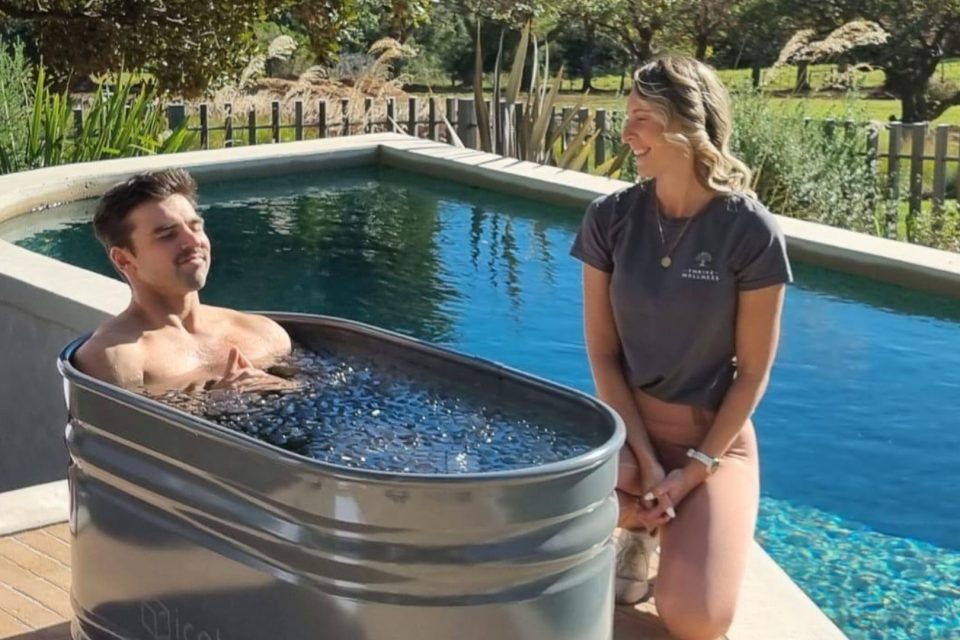
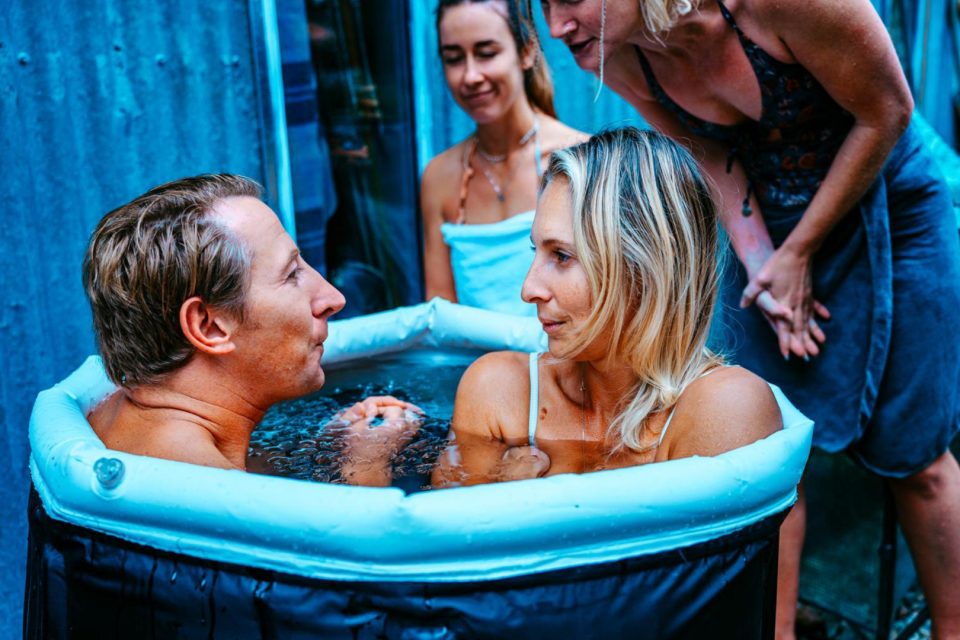
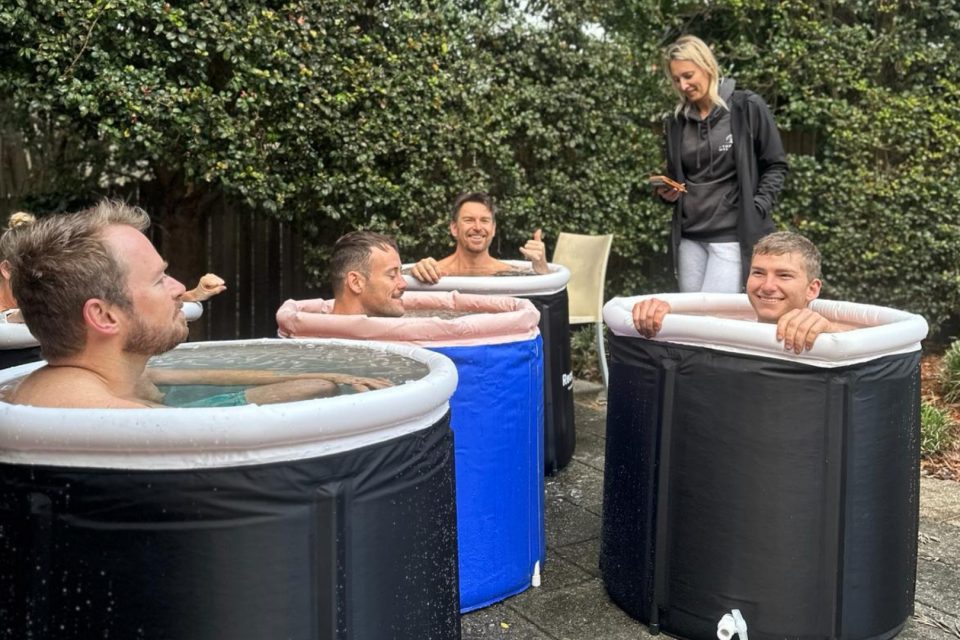
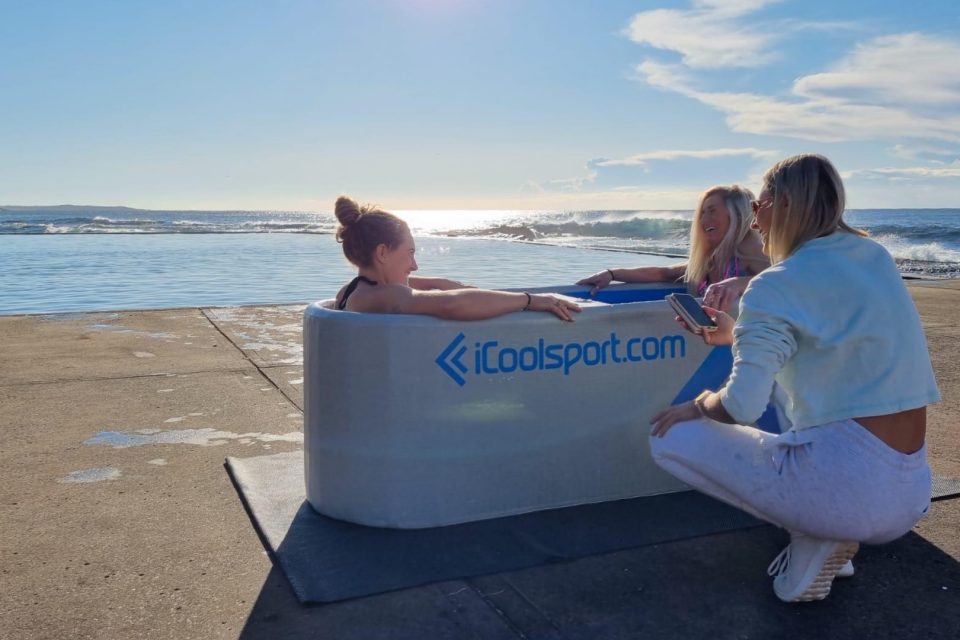

Not just for athletes, the trend has also extended to executives who swap boardroom meetings for ice baths with their team, with Jemma now offering it at corporate events that incorporate ice baths and breathwork as a way to boost morale and productivity among employees.
“A lot of people are starting to incorporate them at the start of their big corporate day or few days,” she said.
“They’ll put that as part of one of the mornings to give everyone a big boost.”
She said the link between breathwork and ice baths was due to the body going into shock from the cold through the fight and flight system.
“If we’ve done breathwork before, it calms the nervous system and it gets you in the zone – you are a lot more relaxed and then you actually use slow breathing to get through that,” she said.
“Then your body just weirdly gets warm or starts to relax into that whole sensation of it.
“An exhale breath slows the heart rate, which gets us out of that fight and flight – that stress response – and into relaxation.
“So doing the breathwork beforehand teaches you to connect with the breath, and then allows you to get through the ice bath a lot easier.”
Despite its recent popularity, Jemma said the practice was not new, with it being used all over the world for centuries.
“The ancient Greeks used to use it for fever and pain relief, but they called it cold water immersion … all the way through to athletes,” she said.
“Also the Nordic countries have used cold plunges tracing back to the distant past.
“A lot of doctors are attributing the low rate of illness in these areas to the practice of getting in the cold water and they’re doing it from five years old to grannies and grandpas.
“Everybody does it in those regions – it’s just a part of life.”
She encouraged anyone hesitant about it to start by taking a 30-second cold shower at the end of their regular shower to experience the mood-enhancing benefits firsthand.
“It’s really great because it is just a natural way of healing the body and not having to go straight to medications and things externally,” she said.
However, she advised caution for those with underlying health conditions and recommended consulting a doctor before trying ice baths or avoiding them if pregnant, breastfeeding or with a heart condition.
You can learn about her events on her Thrive Wellness website.













